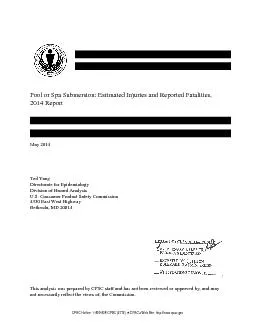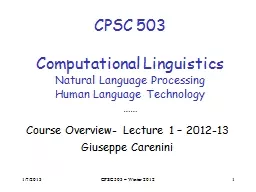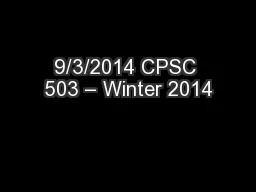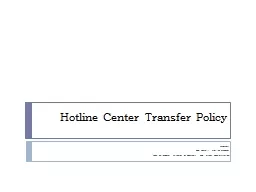PDF-CPSC Hotline: 1800CPSC (2772) CPSC's Web Site: http://www.cpsc.gov
Author : alexa-scheidler | Published Date : 2015-11-05
Pool or Spa Submersion Estimated Injuries and Reported Fatalities ReportMay 201Ted YangDirectorate for EpidemiologyDivision of Hazard AnalysisUS Consumer Product
Presentation Embed Code
Download Presentation
Download Presentation The PPT/PDF document "CPSC Hotline: 1800CPSC (2772) CPSC's Web..." is the property of its rightful owner. Permission is granted to download and print the materials on this website for personal, non-commercial use only, and to display it on your personal computer provided you do not modify the materials and that you retain all copyright notices contained in the materials. By downloading content from our website, you accept the terms of this agreement.
CPSC Hotline: 1800CPSC (2772) CPSC's Web Site: http://www.cpsc.gov: Transcript
Download Rules Of Document
"CPSC Hotline: 1800CPSC (2772) CPSC's Web Site: http://www.cpsc.gov"The content belongs to its owner. You may download and print it for personal use, without modification, and keep all copyright notices. By downloading, you agree to these terms.
Related Documents














